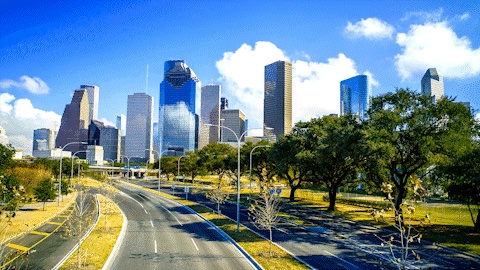Each year, the Census Bureau recognizes Black History Month by releasing up-to-date statistics that reveal such facts as the total Black population, the number of Black-owned businesses and even how many African-American military members are serving the country.
Currently, the Black population stands at 46.3 million, up about 1.3 percent from the previous year. Census officials project that the population will increase to 74.5 million by July 1, 2060 and, on that date, African-Americans will account for 17.9 percent of the nation’s total population. Blacks currently comprise 12.3 percent of the population.
The Census Bureau looked at other facts and figures, including one area where Blacks are lagging behind. The annual median household income for African-Americans is $36,544, compared to $55,775 for the rest of the country. More than 25 percent of the Black population lives below the poverty level, while the national average is 14.7 percent.
Closing such gaps would be a tremendous challenge even in a reasonable political environment, and the current political climate is anything but reasonable said Congressman Cedric Richmond, chairman of the Congressional Black Caucus (CBC).
“The battles fought and won by Frederick Douglass, Sojourner Truth, Ida B. Wells, and Martin Luther King Jr. are being waged again today,” Richmond said. “An unjust criminal justice system continues to decimate African-American families and communities.”
Education is one area that has seen improvement among African-Americans. The Census Bureau reports that 87 percent of the Black population age 25 and over has at least a high school diploma, more than 20 percent hold a bachelor’s degree and 1.9 million have attained advanced degrees.
Currently, nearly 3 million African-Americans are enrolled in an undergraduate college.
Maryland civil rights activist Carl Snowden said the graduation numbers for African-Americans are encouraging, but he is concerned about other indicators of success, such as test scores.
“I would be thrilled if the achievement gap was closing at the same rate, which it’s not,” he said.
Richmond cited another problem with the educational system.
“Schools in many parts of the country look as though Brown v. Board of Education never happened,” he said.
In the area of voting, 66.2 percent of the Black population cast ballots in the 2012 presidential election, higher than the 64.1 percent of the non-Hispanic white population who did so.
Former President Barack Obama was on the ballot in 2012, and it marked the first time that the Black population voted at a higher rate than the white population since the Census Bureau started publishing statistics on voting by the eligible citizen population in 1996.
Richmond, however, is concerned about the assault on voting rights, which includes the implementation of such deterrents as voter ID laws. He said the CBC would continue to push for the restoration of the Voting Rights Act and work to end discriminatory voting practices.
Other Census Bureau statistics include:
- The estimated number of Black-owned employer firms was 108,473 in 2014. Additionally, there’s an estimated 31,216 Black-owned health care and social assistance firms, the largest sector of Black-owned businesses.
- The health care and social assistance sector is followed by professional, scientific and technical support (15,078 firms) and administrative, support, waste management and remediation services (9,644).
- There were 2.2 million Black military veterans residing in the United States in 2015.











